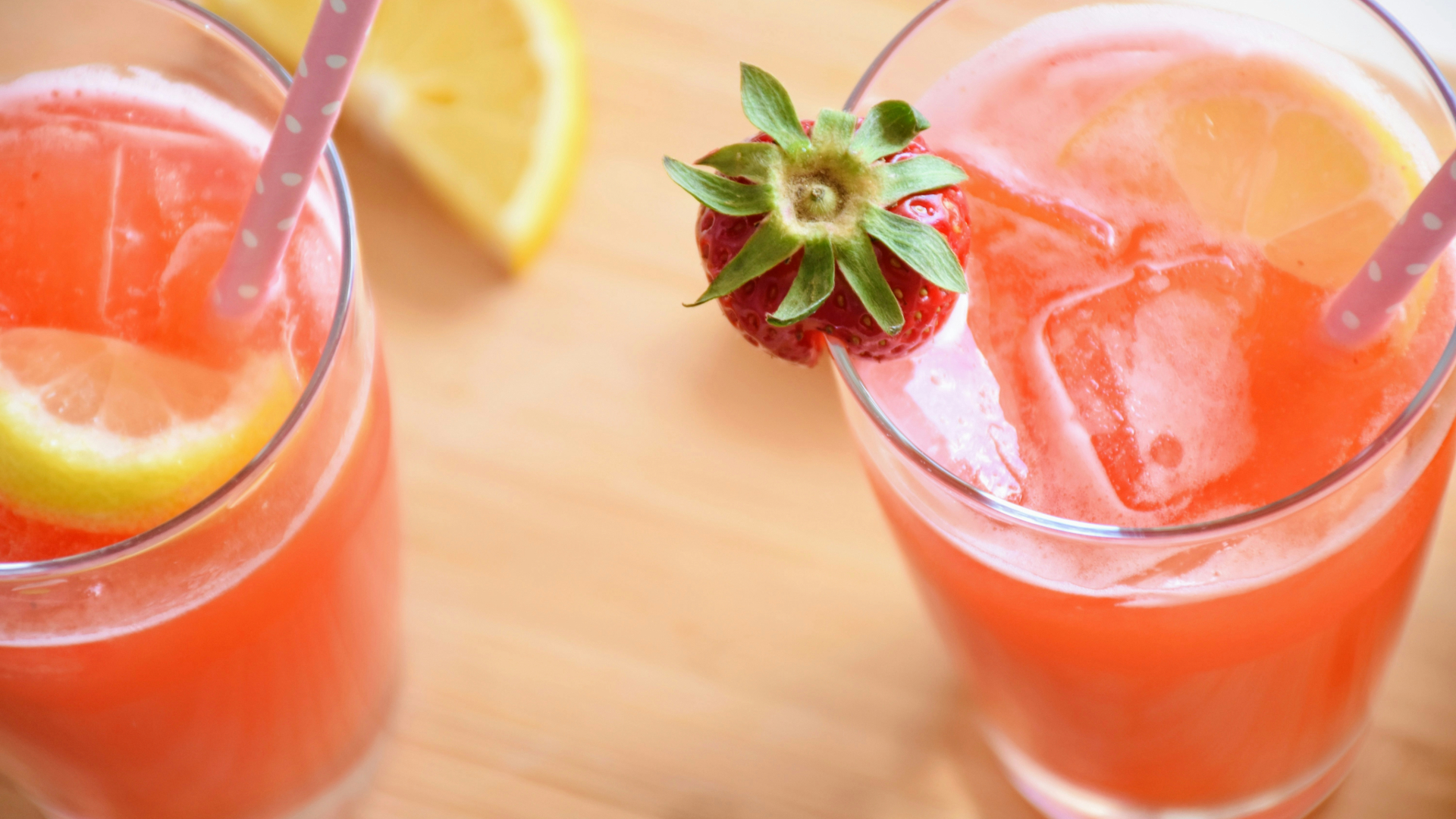
Whether you’re enjoying a cool glass of water or a cocktail garnished with every delicious fruit, you may enjoy it more through a straw. They’re the perfect drink companion: no more being hit in the teeth by ice cubes or lemon wedges, and if insects keep swarming your beverage, you can still make the most of every sip by opting for a drinks container with a lid such as your portable travel blenders.
Many people use disposable straws for fresh drinks because their reusable counterparts are notoriously difficult to clean. However, with proper cleaning tips and care instructions, this doesn’t have to be the case.
We talked to professional cleaners and straw manufacturers to gather every trick in the book to wash away your straw-cleaning concerns for good. Here’s what they had to say.
Why are reusable straws seen as difficult to clean?
The primary reason that reusable straws are a struggle for people to clean is because of their long, thin shape. Yes, you can submerge your straws in warm soapy water or successfully run a stream of water through their opening, but the inside surface of a straw isn’t exactly one that can be scrubbed.
‘Straws are often seen as difficult to clean due to their narrow shape, which makes it challenging to reach all areas inside,’ says Kathy Turley, Director of Marketing at Home Clean Heroes. ‘This narrow shape creates an easy area for residue from drinks, foods, or lipsticks to build up.’
There is a staggering amount of dangers that come from using an unclean drinking straw. It is important to consider the risks as well as take the time to learn how to clean a straw properly.
‘If you don’t clean your drinking straws properly, bacteria and mold can accumulate inside, causing issues including unpleasant odors, altered taste of beverages, and potential ingestion of harmful microorganisms that can cause infections or gastrointestinal issues,’ says Kathy.
How can I effectively clean my reusable drinking straws?
1. Use a straw cleaning brush and warm soapy water

The products necessary to clean your drinking straws are likely things you already have at home but if you're struggling to find them perhaps it's time to consider how to organize your cleaning supplies.
That being said, you may not have what’s known as a straw cleaning brush. Many reusable bottles with an attached straw come with a brush designed to fit the shape, but if you don’t already have one, you can also use a pipe cleaner. They can be picked up at most craft stores.
‘The best way to clean your reusable straws, whether they are plastic, silicone, bamboo, or metal, is with warm water, dish soap, and the recommended straw cleaning brush,’ says Karrie Laughton, Co-Owner of Roc Paper Straws. ‘If you’re instead opting to use a pipe cleaner, I would recommend only using a white one because colors can transfer when wet, and white allows you to see any dirt from the straw transferring.’
Use a straw cleaning brush or a pipe cleaner – both a long tool with bristles that can scrub the inside of a straw – apply a small amount of soap and insert the tool into the straw’s opening after the straw has been submerged in water. Scrub the straw as much as you can, alternating between using each end of the straw as an entry point to ensure the middle of the straw doesn’t get missed in the cleaning process. Make sure to thoroughly rinse the straw once you have finished cleaning to ensure soap isn’t trapped and that any potential fluff from the pipe cleaner is removed.
2. Soak your straws in vinegar

If your straws have tougher-to-tackle stains, vinegar serves as a great natural cleaning solution (so long as you make sure to rinse it off well!) to get your straws sparkling.
‘Soaking straws in a vinegar solution can help to break down residue and kill bacteria,’ says Kathy. ‘Fill a container with equal parts vinegar and water, then let the straws soak for about fifteen to twenty minutes. Once this time has passed, scrub and rinse well. Let’s face it, nobody wants to feel like they’re drinking vinegar!’
Plastic or metal straws may be a safer option for children in your home, but for adults using a glass straw might be an idea to consider. They will still need the same care and attention as other reusable straws – and they will have an added layer of fragility to monitor – but if you’re using transparent straws, you’re better able to spot and banish stubborn summer stains for good.
However, it remains important to remember that just because your straw looks clean doesn’t mean that it is. Bacteria are invisible!
3. Consider running your straws through the dishwasher

Some straws are dishwasher safe but others will be ruined in just a few cycles, so it’s important to check the manufacturer information of your straws before loading them in. If you’re unsure, you’re better off choosing a hand-washing method.
‘I do not recommend using bleach, very hot water, or running reusable straws through a dishwasher,’ says Karrie. ‘This can eventually break down the integrity of the straw, causing cracking and discoloration.’
‘If your straws are dishwasher safe, place them in the utensil holder and run them through a hot cycle,’ Kathy adds. ‘The heat and detergent will help sanitize them.’
4. Ensure you are correctly drying your straws
Even if you are cleaning your straws correctly, you will also need to allow enough time for them to dry thoroughly.
‘It’s important, especially if you have a collapsible straw, to let the straw air dry completely before putting it away or back into its container,’ says Karrie. ‘If they are put away wet, it can be a breeding ground for bacteria.’
This will perpetuate an unending cycle where your clean straws will never actually be clean!
If your mind would still be at better ease using a single-use straw, try to purchase paper ones instead of plastic where you can as it’s better for the environment. ‘We encourage people to use our Roc Paper Straws – one of only a handful of paper straw manufacturers in the USA, and the only one that’s women-led – if they aren’t comfortable with other options because they hold strong and last long, says Karrie. ‘Nobody likes an icky, soggy straw!’







